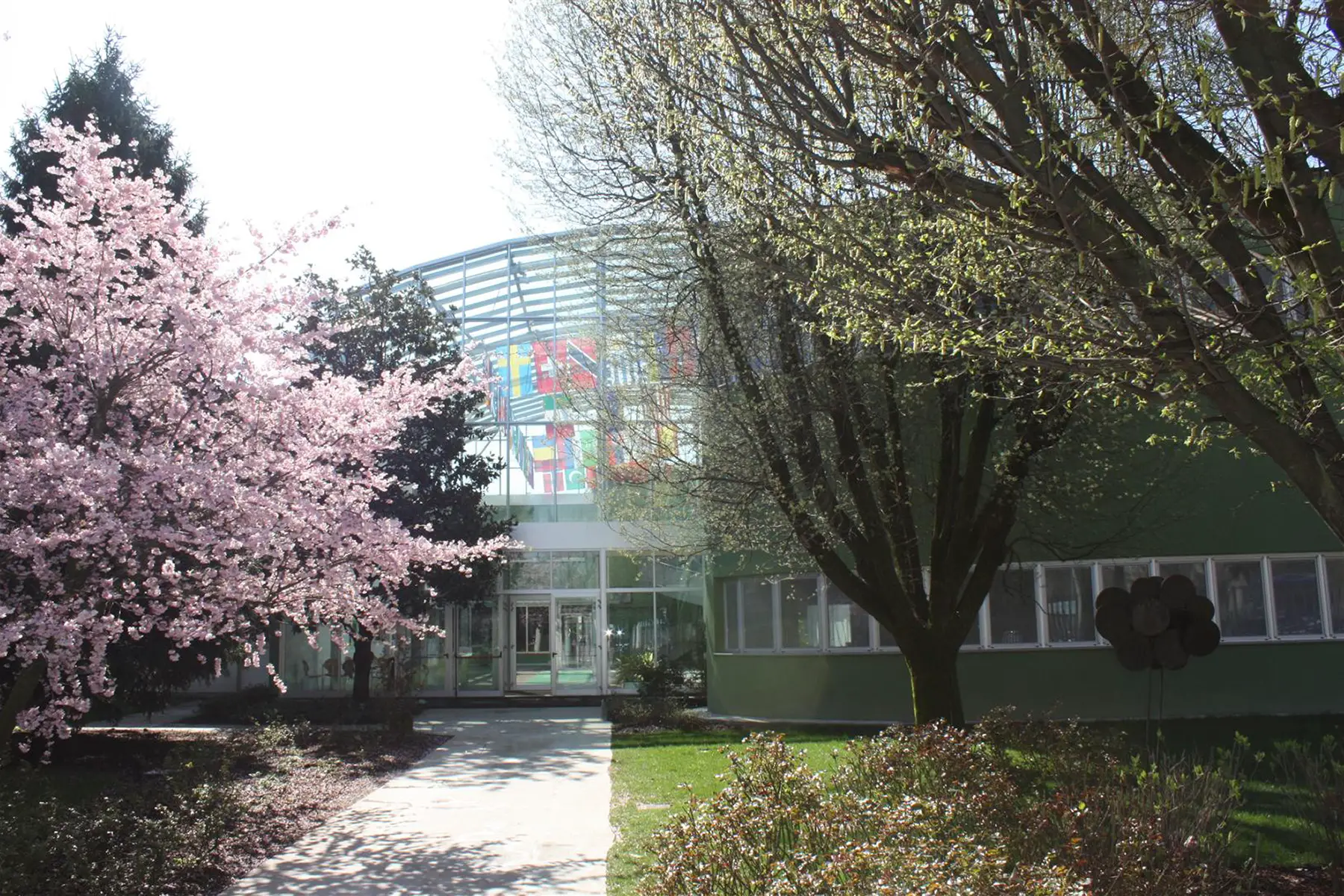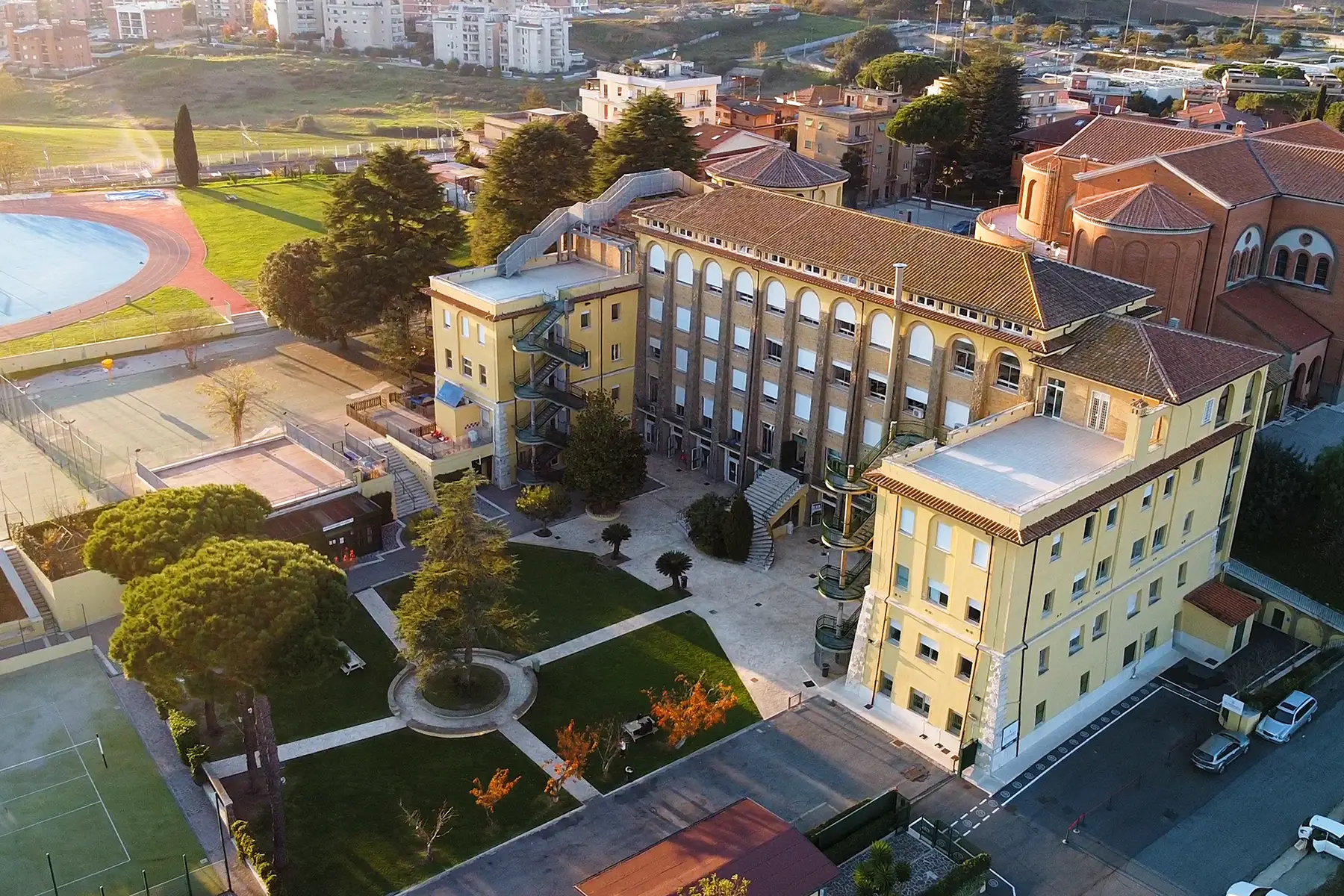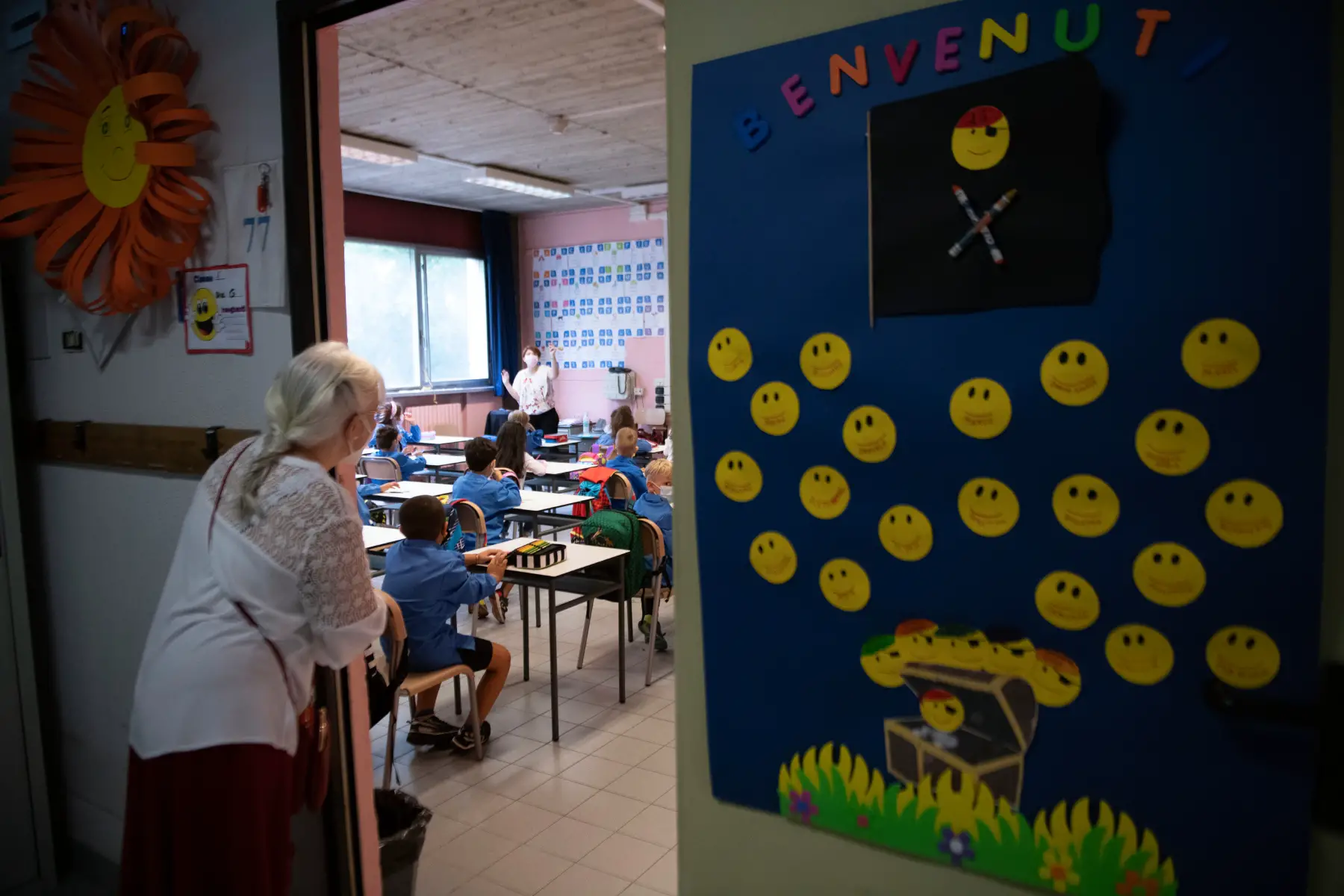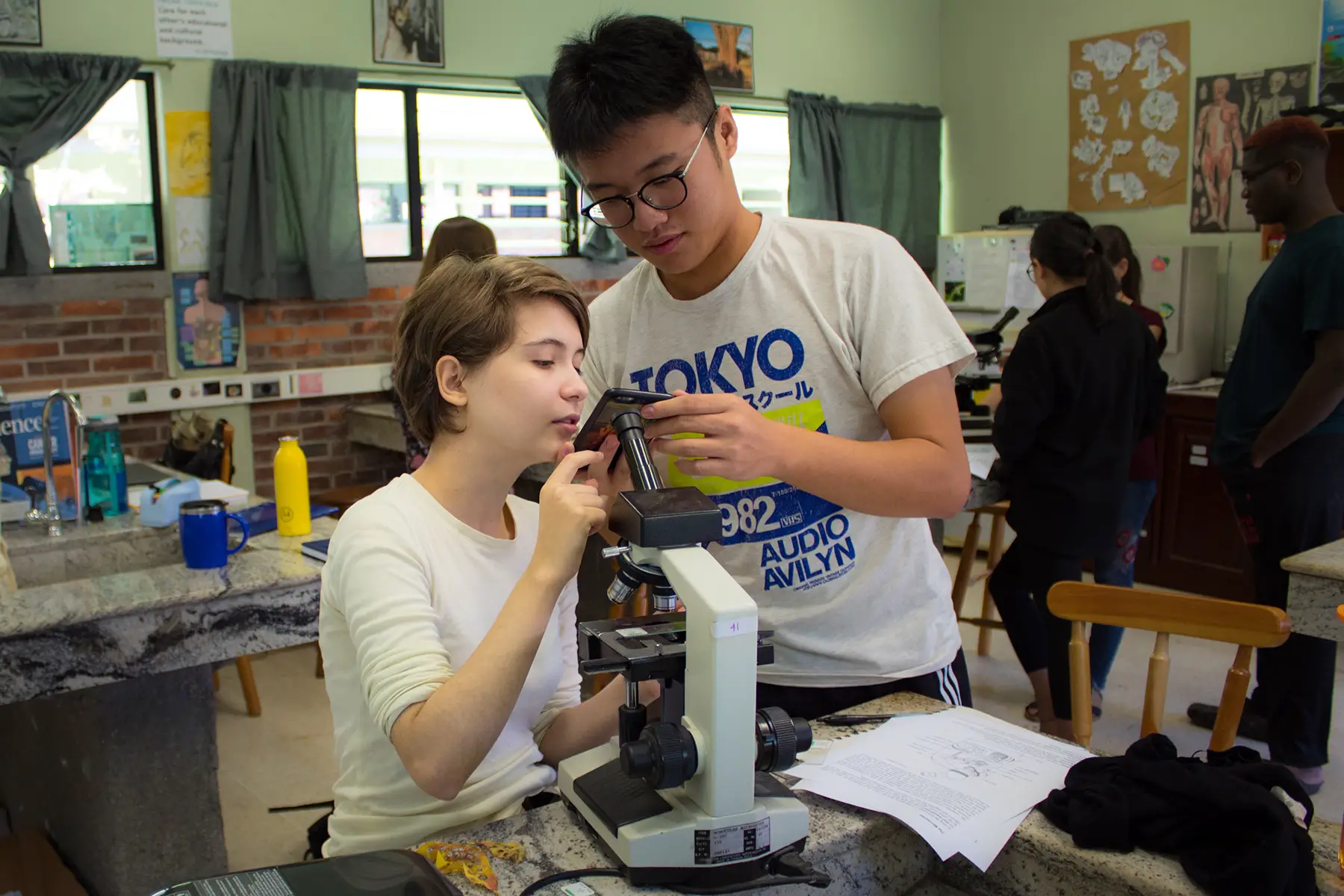For many parents thinking about a big move, one of the most important considerations is their children’s education. Between the language of instruction and the teaching methodology, it can be hard to choose a school for your child. Fortunately, international schools in Italy offer excellent opportunities for children to study in a nurturing and culturally diverse environment.
We’ll walk you through everything you need to know, including the Italian education system, types of schools, qualifications, and scholarship opportunities.
This article covers the following topics:
Moving2Italy
When relocating to Italy, get expert help from Moving2Italy on taxes, work permits, and setting up a business. They also provide personalized support for immigration, social security, and residence, helping you navigate your new life abroad. For assistance with fiscal and immigration matters, contact Moving2Italy.
The Italian education system
Italy requires compulsory education between the ages of 6 and 16. Managed through the Ministry of Education (Ministero dell’Istruzione e del Merito – MEM), the Italian education system is divided into public schools and private schools. International schools are a form of private school and offer both primary and secondary education.

Sending your child to a public school in Italy does have some advantages – for example, if you want your child to learn Italian, they’ll be immersed immediately. In addition, over 90% of Italian students study at a public school, a far bigger proportion than in countries such as the United Kingdom or Spain. Most students (PDF in Italian) with non-Italian citizenship also study at state schools. However, a new language presents an additional challenge when moving home, so it’s worth considering an international school.
Schooling in Italy is separated into five sections, as follows:
- Kindergarten (scuola dell’infanzia): for ages three to six
- Primary (scuola primaria): for ages six to 11
- Lower secondary (scuola secondaria di primo grado): for ages 11–14
- Upper secondary (scuola secondaria di secondo grado) or the regional vocational training system (istruzione e formazione professionale): for ages 14–19
- University (università): includes bachelor’s, master’s, and doctoral degrees
International schools in Italy
While private schools are not hugely popular, some expats in Italy choose to send their children to an international school.
There are over 80 international schools in the country, mostly in northern Italy and Rome (Roma). International schools bring together expat children from all over the world in a diverse, multicultural setting. These schools may teach in the language of a child’s home country, such as French or English. They may also grant diplomas that are recognized internationally or in a student’s home country – convenient if you plan to move again within a short period.
The structure of international schools in Italy may vary. For example, some schools offer education from kindergarten through secondary, while others provide only one stage.
Types of international schools in Italy
International Primary Curriculum (IPC)
The International Primary Curriculum (IPC) is a teaching methodology for children aged 3 to 11. Used all around the world, the IPC focuses on thematic, collaborative learning geared toward raising global citizens.

Children learn core skills, instead of subjects, through 146 study units. For example, the Active Planet unit teaches students about earthquakes and volcanoes, how the earth formed, what makes buildings strong, and what happens in the aftermath of natural disasters. These units are designed to increase a student’s academic and emotional development and to promote cultural awareness.
Finally, students also have their own individual learning goals, allowing for a more personalized and empowered education.
The International Baccalaureate (IB) in Italy
The International Baccalaureate (IB) program is widely recognized throughout the world for its rigorous academics and focus on community service. Aside from standard coursework, students in IB programs hone their essay writing, creativity, and critical thinking skills. The IB program is usually taught in English and is often split into four portions:
- Primary Years Program, for students aged three to 12
- Middle Years Program, for students aged 11–16
- IB Diploma Program, for students aged 16–19
- Career-related program, for students aged 16–19
Throughout the programs, students are assessed through written exams, essays, projects, oral interviews, and more. Because of the international recognition of the IB program, many graduates find that their university application process runs smoothly, whether they apply to an institution in their home country or elsewhere.
There are currently 39 schools offering IB in Italy, including:
American international schools and Advanced Placement
American international schools tend to follow the academic structure of the United States. Some American schools divide their study into elementary (ages six to 10), middle (ages 11–13), and high school (ages 14–18), while others may offer education from kindergarten to 12th grade in the same school.

Depending on the school and its potential recognition in the US, graduating with a diploma from an American school may make it easier to enter a university in the US or Canada. Conveniently, some American schools offer Advanced Placement (AP) classes, college-level courses that many universities like to see on students’ transcripts. American schools may also give SAT preparation or support with applying for universities in the US, a process that can take many months.
American schools in Italy include:
British international schools
British schools follow the UK National Curriculum and are popular worldwide. They are an ideal option for students who plan to attend university in the UK or a Commonwealth country, as the curriculum makes for a smoother academic transition. The language of instruction is generally English, though most schools also offer the option to take a foreign language.
A benefit to British schools is that most allow students to take International General Certificates of Secondary Education (IGCSE), which makes applying to certain universities much easier.
Here are some British schools in Italy:
- British School of Milan – Sir James Henderson
- St. George’s British International School, Rome
- St. Louis School, Milan (Milano), Italy
International GCSE (IGCSE)
The International General Certificates of Secondary Education is a British curriculum certificate program culminating in A-level qualifications. The language of instruction is English, and students can take courses in science, math, foreign languages, and more.
Managed by the Cambridge International Examinations Board, the IGCSE is usually taken in the first two years of secondary school, while A-levels are usually taken in the last two years.

If you’re looking to study in the UK, A-levels are vitally important to the university application process. Fortunately, IGCSEs are usually a central part of British schools.
Other national international schools
Since Italy hosts expats from all over the world, you will find many schools that cater to various languages and cultures. While doing your research, be sure to inquire about fee structures and teaching methodology, as this may vary by school. Here are some great options in Italy:
- Canadian School of Florence (Firenze)
- German School of Genova (Genoa)
- Japanese School of Rome
- Lycée Français International, Torino
Religious schools
With its rich Catholic history, there is no shortage of Catholic schools in Italy, though many teach in Italian. For parents who want their students to attend schools with Catholic or other Christian elements, here are a few good places to start:
- International School of Palermo, Gonzaga Campus
- Marymount International School, Rome
- Social Institute, Torino
Method schools
For parents who are interested in non-traditional schools for their children, there are a few solid options throughout Italy. Some schools offer bilingual education, and others might only serve students between certain ages. So, be sure to do your research.
Here are some good places to start:
Should you send your child to an international school in Italy?
When deciding whether to send your child to school in Italy, it’s important to consider both the advantages and the disadvantages.

Advantages of international schools
International schools tend to have a nurturing setting because the staff is used to working with expat children. They can help with issues relating to settling in, finding friends with similar backgrounds, and more. International schools are also a great setting for families to befriend other expat families and share tips and resources.
Based on the diplomas these kinds of schools offer, your child might have an easier time transitioning to university in their home country. Student-to-teacher ratios are also generally smaller, providing your child with more personalized attention.
Disadvantages of international schools
International schools are expensive. Because they are private, they set their own prices and, depending on the city, can cost over €20,000 per year. However, some international employers will consider paying the cost of your child’s education.
The expat bubble of an international school can also make it harder for your child to meet Italian people and connect to the culture of their new country. Finally, because there are only so many international schools in Italy, depending on where you live, the closest international school may not be very close.
How to choose an international school in Italy
When choosing an international school, there are a number of factors to consider. Here are some questions to get you started:
- How far away is the school? – in bigger cities, you may have many options, but in smaller ones, you may only have one or two
- What educational methodology does the school follow? – consider which curriculum you want your child to follow and what kind of diploma they’d receive
- Does your child speak the language of instruction? – for example, if you speak French at home but you would like your child to learn English, perhaps consider a British school
- What kinds of extracurricular activities does the school offer? – if your child has a variety of hobbies, be sure to find out if they can pursue their passions at school
- Are there any admission exams? – some schools assess students before accepting or placing them in a particular grade
- What is your education budget? – consider what is a reasonable amount for your family
Financial aid and scholarships for international schools in Italy
Because Italian public schools are free, parents are rarely responsible for paying for anything more than books. However, as international schools are private, they can decide costs and financial aid at the institutional level.

Many international schools do offer financial assistance, though the level of funding, eligibility, and the application process will vary by institution. For example, some schools prioritize financial aid funding for alumni families, while other schools are more likely to offer assistance to high-performing students.
So, during your research process, be sure to check with each institution about their scholarship policies and application procedures.
Useful resources
- Ministry of Education – Manages the educational system in Italy
- Eurydice, Italy – Overview of the Italian education system
- International School Database – List of international schools throughout Italy







